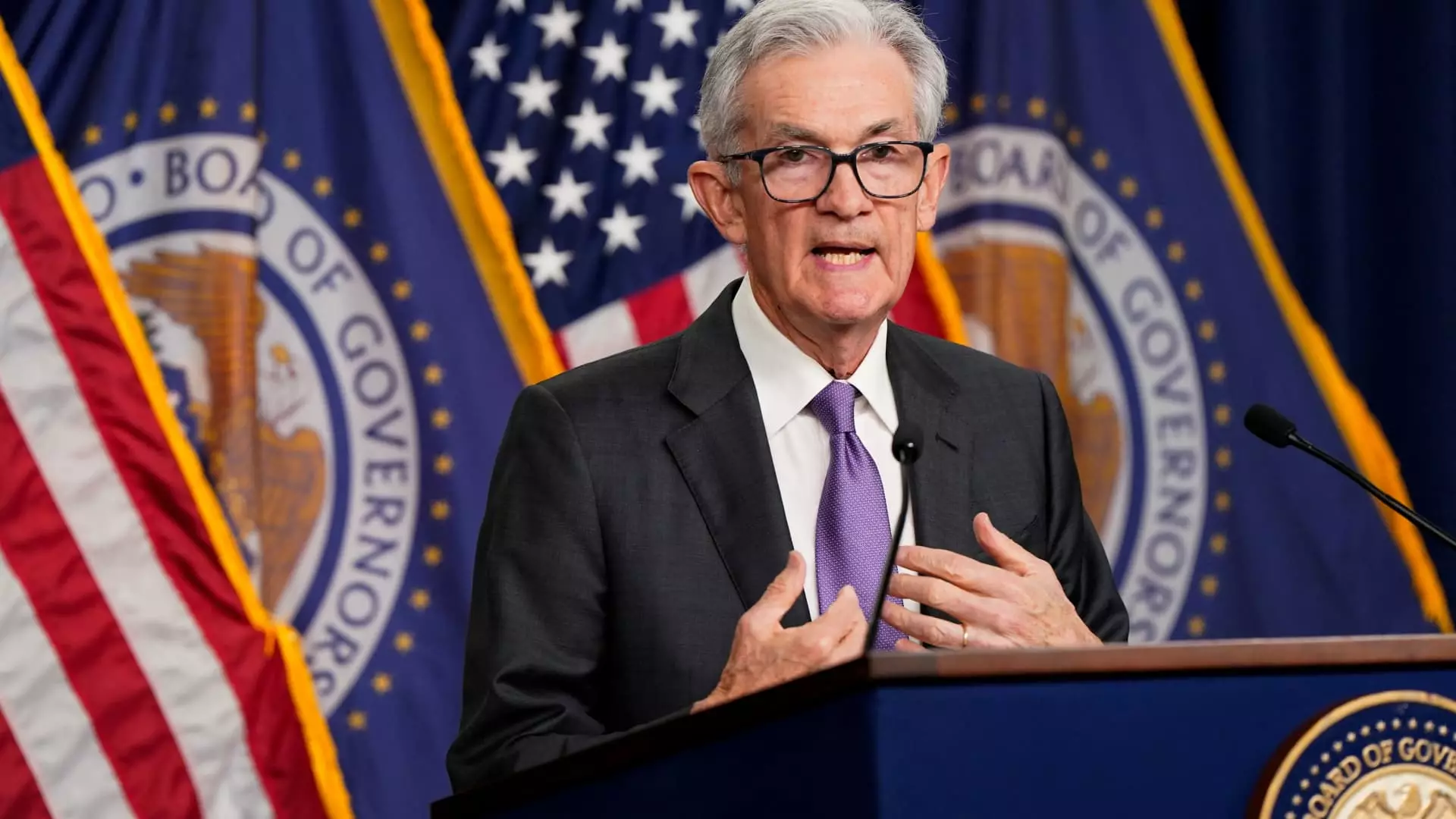Federal Reserve officials at their March meeting expressed concern that inflation wasn’t moving lower quickly enough, despite expectations of cutting interest rates at some point during the year. The Federal Open Market Committee, that voted to hold short-term borrowing rates steady, showed misgivings about inflation not easing convincingly. The Fed currently targets its benchmark rate between 5.25%-5.5%. FOMC members decided to maintain language in the post-meeting statement indicating that rates would not be cut until they had more confidence that inflation was on a steady path back to the central bank’s 2% annual target.
In a lengthy discussion about inflation at the meeting, officials highlighted geopolitical turmoil and rising energy prices as risks that could potentially push inflation higher. They also mentioned the possibility that looser policy could contribute to increased price pressures. Additionally, they pointed out to a more balanced labor market, enhanced technology, economic weakness in China, and a deteriorating commercial real estate market as factors weighing on inflation. The discussion also included references to higher-than-expected inflation readings in January and February.
There were some members at the meeting who disagreed with the notion that recent inflation increases were merely statistical aberrations. The consumer price index, which showed a 12-month rate of 3.5% in March, was above market expectations and represented a 0.3 percentage point increase from February. This sparked concerns that the high readings at the beginning of the year might not have been anomalies.
Following the release of the Consumer Price Index data, market expectations shifted, with traders now implying the first rate cut to come in September, for a total of just two cuts this year. Prior to the release, the odds favored the first reduction coming in June, with three total cuts, in line with projections after the March meeting. The discussion at the meeting indicated that most participants believed it would be appropriate to move policy to a less restrictive stance at some point during the year, based on the expected evolution of the economy.
Officials at the meeting also discussed the possibility of ending the balance sheet reduction. The Fed has decreased its holdings of Treasurys and mortgage-backed securities by around $1.5 trillion by allowing proceeds from maturing bonds to roll off each month. There were no concrete decisions made on how the process, known as “quantitative tightening,” would be eased, but the minutes suggested that the roll-off would be cut by roughly half from its current pace and should begin fairly soon. Market economists anticipate this process to commence in the next month or two.
As the Federal Reserve continues to monitor inflation, market conditions, and economic indicators, the potential for an interest rate cut looms on the horizon. It’s essential for policymakers to carefully assess all factors and take a cautious approach to ensure economic stability and sustainable growth.

